Serrano peppers range from 10,000-23,000 Scoville Heat Units—2-5 times hotter than jalapeños but milder than habaneros. These slender green peppers with thin walls originated in Mexico's Puebla region and deliver bright, grassy heat perfect for salsas, marinades, and fresh toppings. Here's exactly what you need to know about selecting, using, and enjoying serrano peppers safely.
Table of Contents
- Serrano Pepper Basics: Heat Level, Appearance & Taste
- Serrano vs Jalapeño: Clear Comparison Chart
- Where to Buy & How to Select the Best
- Top 5 Culinary Uses (With Recipe Tips)
- Safe Handling: Avoiding Burns & Proper Storage
- Perfect Substitutes When Serranos Are Unavailable
- Growing Your Own Serrano Peppers
- Frequently Asked Questions (FAQ)
Serrano Pepper Basics: Heat Level, Appearance & Taste
Serrano peppers (Capsicum annuum) are small (1-4 inches long), slender chili peppers that start green and ripen to red, orange, or yellow. Their heat ranges from 10,000-23,000 Scoville units—making them significantly hotter than jalapeños (2,500-8,000 SHU) but milder than habaneros (100,000-350,000 SHU).
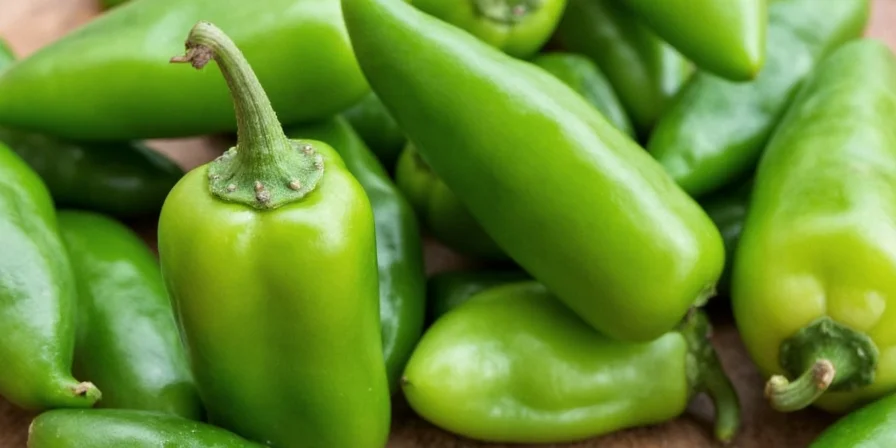
Unlike thicker-walled jalapeños, serranos have thin skins that make them ideal for fresh applications like pico de gallo and raw salsas. Their flavor profile features:
- Green serranos: Bright, grassy notes with sharp heat that hits quickly
- Red serranos: Slightly sweeter with 40% more natural sugars than green varieties
- Heat pattern: Immediate burn (peaks in 15 seconds) that fades faster than jalapeño heat
Pro tip: Remove seeds and white membranes (placenta) to reduce heat by up to 80% while keeping flavor.
Serrano vs Jalapeño: Clear Comparison Chart
| Characteristic | Serrano Pepper | Jalapeño Pepper |
|---|---|---|
| Heat Level (SHU) | 10,000-23,000 | 2,500-8,000 |
| Size & Shape | 1-4" long, slender, tapered | 2-3" long, thicker, cigar-shaped |
| Wall Thickness | Thin (ideal for fresh use) | Thick (holds up to cooking) |
| Heat Onset | Immediate (15 seconds) | Delayed (45+ seconds) |
| Best For | Fresh salsas, quick-cook dishes | Stuffed peppers, slow-cooked recipes |
When substituting: Use half as many serranos as jalapeños in recipes. For stuffed pepper dishes, stick with jalapeños—their thicker walls hold fillings better.
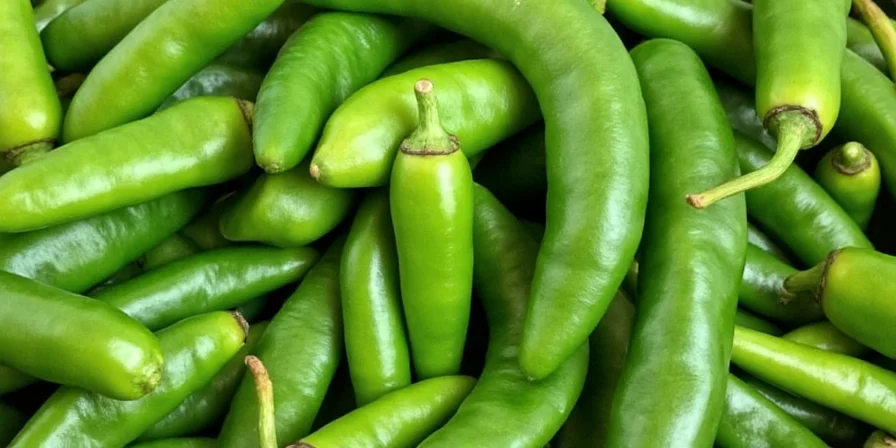
Where to Buy & How to Select the Best
Where to find them: Most major grocery stores carry serranos in the fresh produce section year-round (look near other chili peppers). Mexican markets typically offer the widest selection of colors and ripeness levels.
Selection tips:
- Color: Choose firm, brightly colored peppers without wrinkles or soft spots
- Heat indication: Darker green = hotter; redder = slightly sweeter
- Ripeness: Smooth, glossy skin indicates peak freshness (matte appearance means older peppers)
- Storage: Keep in crisper drawer for 1-2 weeks or freeze whole for 6+ months
Pro tip: Buy red serranos if you want less heat with more sweetness for fresh salsas.
Top 5 Culinary Uses (With Recipe Tips)
Maximize serrano's unique qualities with these chef-tested techniques:
- Quick-Pickled Serranos: Thinly slice peppers and submerge in equal parts vinegar and water with 1 tbsp sugar for 30 minutes. Perfect for tacos and sandwiches.
- Serrano-Infused Oil: Gently heat 1/4 cup oil with 2 sliced serranos for 5 minutes (remove before oil smokes). Strain and use for finishing dishes.
- Creamy Serrano Dip: Blend 2 roasted serranos with 8oz cream cheese, 1/4 cup sour cream, and 1 clove garlic. Chill 2 hours before serving.
- Serrano Simple Syrup: Simmer 1 sliced serrano with 1 cup sugar and 1 cup water for 10 minutes. Strain and use in cocktails or lemonade.
- Fresh Salsa Verde: Blend 4 serranos (seeds removed), 1 cup tomatillos, 1/2 onion, and cilantro. Let sit 30 minutes for best flavor.
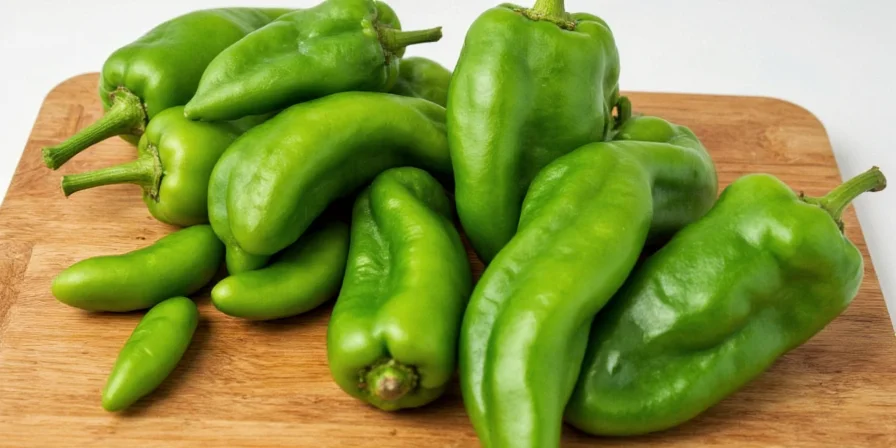
Key technique: Always add serranos late in cooking to preserve their bright flavor—unlike jalapeños, their thin walls break down quickly with prolonged heat.
Safe Handling: Avoiding Burns & Proper Storage
Prevent painful capsaicin burns with these evidence-based techniques:
- Before handling: Wear disposable gloves or apply cooking oil to hands (capsaicin is oil-soluble)
- During prep: Use a dedicated cutting board—never your wooden cutting board for other foods
- After cutting: Wash hands with cold water first (hot water opens pores), then soap
- Burn treatment: Apply milk or yogurt to affected skin—alcohol-based solutions worsen burns
- Storage: Keep whole peppers in perforated plastic bag in crisper drawer for 10-14 days
Freezing tip: Freeze whole peppers on a tray, then transfer to airtight container—no need to thaw before using in cooked dishes.
Perfect Substitutes When Serranos Are Unavailable
Use these alternatives when serranos aren't available:
| Substitute | Ratio | Best For | Adjustment Tips |
|---|---|---|---|
| Jalapeño | 2:1 | Cooked dishes | Use double amount; expect slower heat onset |
| Thai Chili | 1:2 | Asian fusion | Use half amount; similar heat but different flavor |
| Cayenne | 1:4 | Cooked sauces | Use quarter amount; dried powder works well |
| Green Bell Pepper + Hot Sauce | 1:1 + few drops | Mild applications | Add 3-5 drops habanero sauce for heat |
For fresh salsas where serranos shine, jalapeños are the closest substitute—just double the amount and remove seeds to match heat level.
Growing Your Own Serrano Peppers
Grow restaurant-quality serranos with these simple steps:
- Planting: Start seeds indoors 8-10 weeks before last frost; transplant when soil reaches 70°F
- Sunlight: Minimum 6-8 hours direct sun (more sun = hotter peppers)
- Soil: Well-draining mix with pH 6.2-7.0; add calcium to prevent blossom end rot
- Watering: Keep soil moist but not wet; reduce water slightly when fruits appear to intensify heat
- Harvest: Pick at 7-10 weeks when firm and glossy; peppers continue ripening off plant
Pro tip: Pinch off first flowers to encourage stronger plant growth before fruiting.
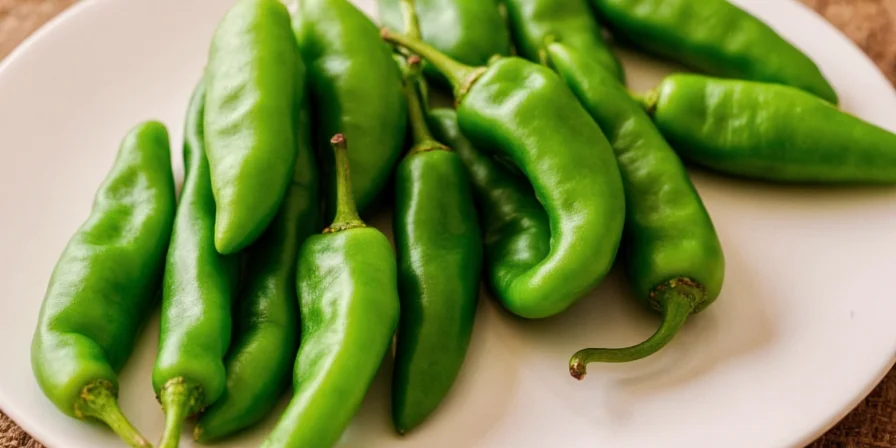
Frequently Asked Questions (FAQ)
How hot are serrano peppers compared to jalapeños?
Serrano peppers are 2-5 times hotter than jalapeños, measuring 10,000-23,000 Scoville Heat Units versus jalapeños' 2,500-8,000. One serrano typically equals 2-3 jalapeños in heat intensity.
Can I substitute serrano for jalapeño in recipes?
Yes, but use half as many serranos as jalapeños called for. For example, if a recipe needs 2 jalapeños, use 1 serrano. Remove seeds from serranos to further reduce heat while keeping flavor.
Why are my serrano peppers not hot?
Pepper heat depends on growing conditions. Stress factors like less water, higher temperatures, and nutrient-poor soil increase capsaicin production. Harvesting too early (before full color development) also reduces heat.
How do I stop serrano pepper burn on my skin?
Wash with cold water first (hot water spreads capsaicin), then apply milk, yogurt, or oil to dissolve the oil-based capsaicin. Avoid soap initially as it can spread the burn. For eyes, flush with milk for 5 minutes.
Do serrano peppers get hotter as they ripen?
Yes, serranos increase in heat as they mature from green to red. Fully ripe red serranos contain up to 20% more capsaicin than green ones, but also develop more natural sugars that balance the heat.
Understanding serrano peppers' heat profile and proper handling techniques unlocks their culinary potential. When used correctly, these versatile Mexican peppers add vibrant flavor to countless dishes without overwhelming heat. Start with small amounts, respect their potency, and enjoy exploring their bright, grassy heat in your favorite recipes.
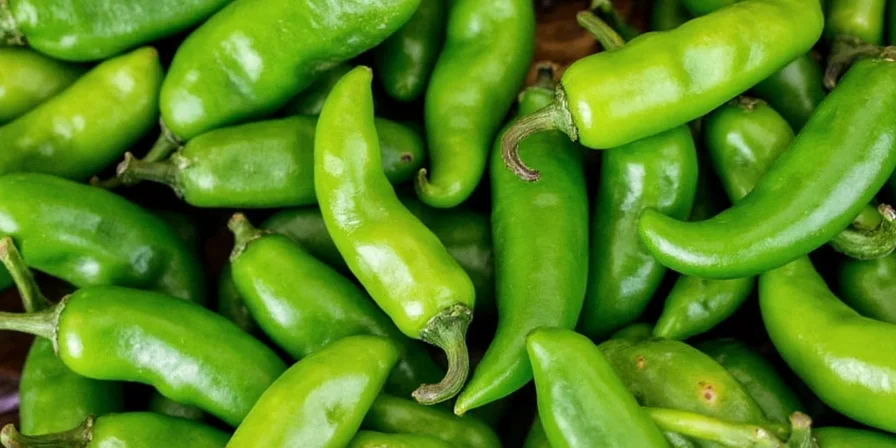

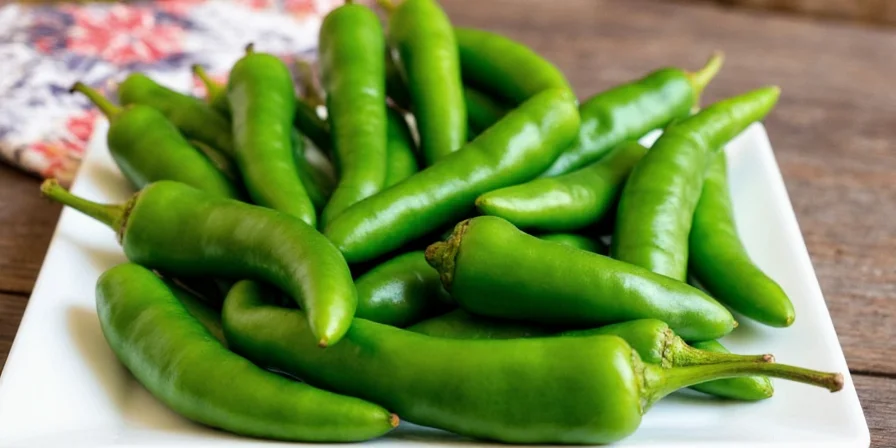









 浙公网安备
33010002000092号
浙公网安备
33010002000092号 浙B2-20120091-4
浙B2-20120091-4